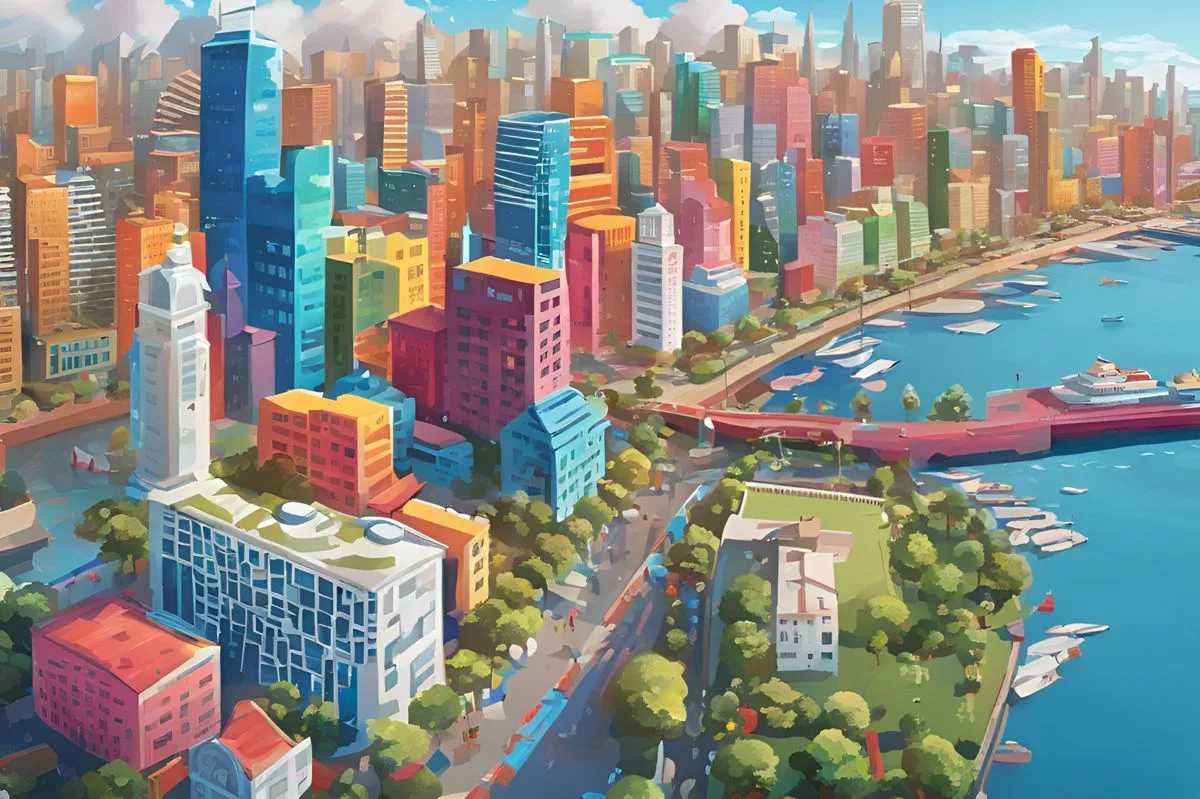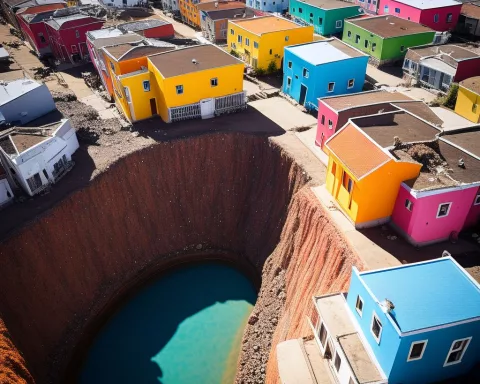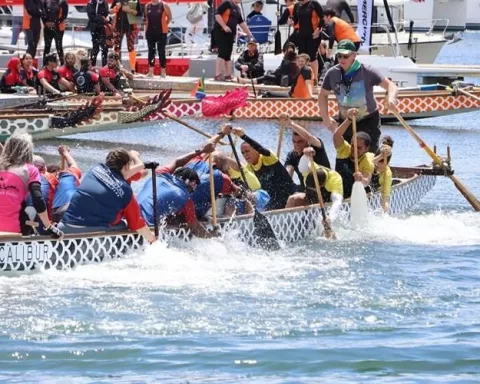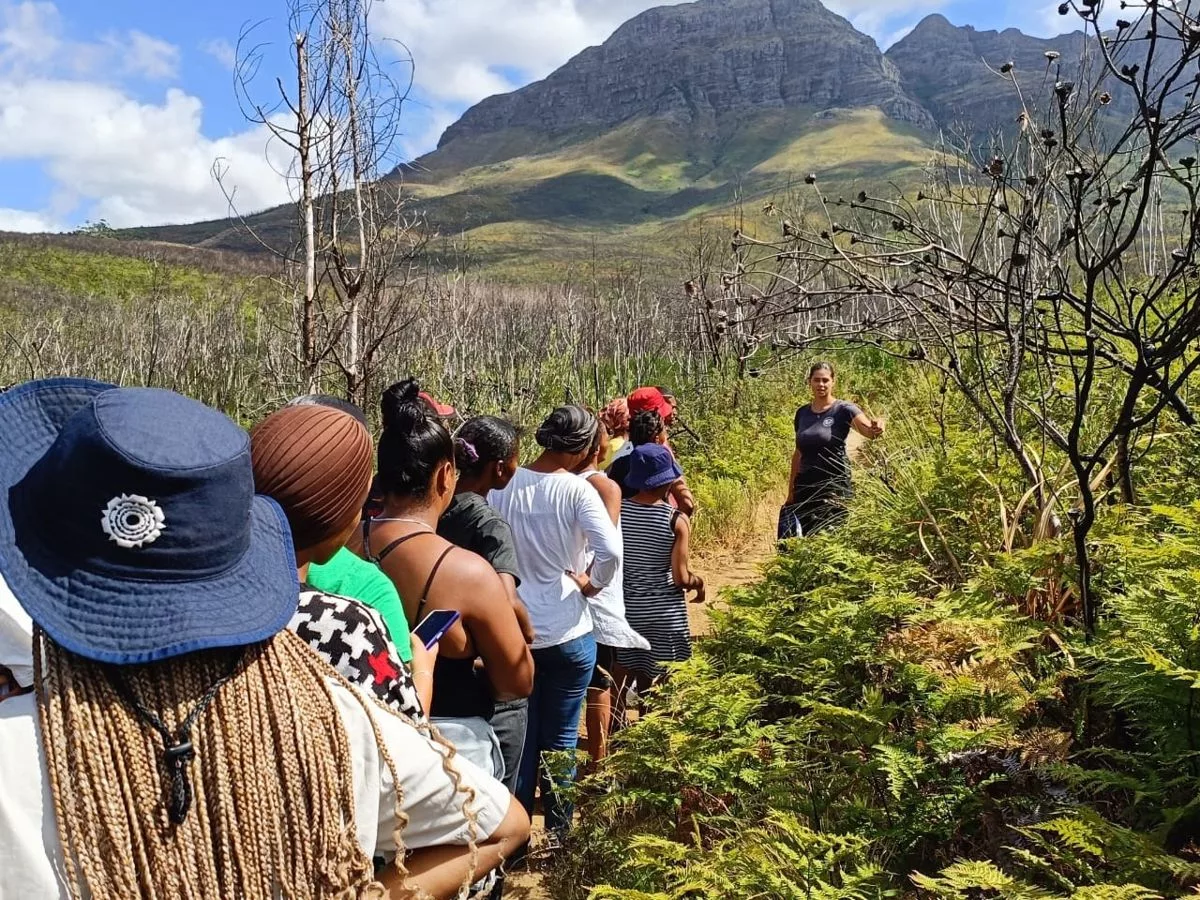The Granger Bay precinct at the V&A Waterfront in Cape Town is set to undergo a R20 billion development project over the next two decades. The project, which includes a mixed-use development, public walkway, and watersports bay, aims to re-establish public access to the oceanfront and promote outdoor activities. The development is expected to boost the Western Cape’s economy by 2% and create approximately 28,000 jobs, pending approval from the City of Cape Town.
The Dream of Revitalizing Cape Town’s Iconic Waterfront
Granger Bay precinct, a part of the V&A Waterfront, is set to undergo a massive R20 billion development project over the next two decades. The residential-led, mixed-use project includes a public walkway, a watersports bay, and a safeguarded swimming area to re-establish public access to the oceanfront and promote outdoor activities. The development is projected to stimulate significant economic growth, with an estimated 2% contribution to the Western Cape’s economy and 28,000 jobs. A land use application has been presented to the City of Cape Town for approval.
The Dream of Revitalizing Cape Town’s Iconic Waterfront
Picture a lively blend of residential and public spaces, coupled with cultural amenities, all situated along a picturesque waterfront. This waterfront is at once a bustling hub and a tranquil sanctuary, deeply rooted in Cape Town’s rich historical tapestry. This concept encapsulates the grand plan for Granger Bay precinct, a part of the illustrious V&A Waterfront. The project, estimated to have a budget of around R20 billion, aims to breathe new life into this notable part of Cape Town, fondly referred to as the Mother City.
The proposed development is slated to unfold in stages over the next two decades, beginning in 2025. It promises an expansion of approximately 44,000 square meters to the precinct, according to the V&A Waterfront’s Communications Manager, Donald Kau. The V&A Waterfront, a joint venture between the Government Employees Pension Fund (represented by Public Investment Corporation SOC Ltd) and Growthpoint Properties Limited, the largest property investment company listed on the Johannesburg Stock Exchange (JSE), is now laying the groundwork to secure the necessary development rights.
The development’s focal point is a residential-led, mixed-use project, meticulously conceived to blend in with the historical and cultural integrity of the region. A crucial element of the plan involves re-establishing public access to the oceanfront, with the intent to rekindle the urban population’s connection with nature.
Enhancing Connectivity: The Public Walkway and Watersports Bay
Remarkably, the development includes a public walkway designed to connect the City Centre with Mouille Point. This walkway will integrate flawlessly with the existing Atlantic Seaboard promenade, creating a pedestrian-friendly environment that encourages social interaction. This innovative feature is expected to attract both locals and tourists, enticing them with its stunning coastal views.
In conjunction with the walkway, the master plan comprises a newly minted bay area, fortified by coastal protection measures. This zone is poised to be a hotspot for a variety of water-based sports activities, offering sporting aficionados an exciting locale to pursue their interests.
The development also intends to grant public access to a new safeguarded swimming area, further augmented by proximate public facilities. The introduction of these features is set to convert Granger Bay into an engaging hub of outdoor activities, breathing fresh life into the local community and heightening the precinct’s allure for tourists.
Economic Implications and Due Diligence
This audacious project springs forth from the recent completion of the Silo and Canal districts’ development, which offered a chance to further enlarge the Waterfront’s public spaces. This enlargement, together with the new development, is projected to stimulate economic growth significantly. The overall project value is estimated to represent 2% of the Western Cape’s economy and account for about 28,000 jobs.
However, the project demands its fair share of due diligence. To garner the necessary approvals, a land use application has been presented to the City of Cape Town and is set for public review in the first half of this year. Moreover, the rezoning application is designed to prepare the ground for the project to advance to the next development stage.
As stated by the City’s Deputy Mayor and Mayco member for spatial planning and environment, Eddie Andrews, the application is waiting for the applicant to complete some requisite specialist studies before public participation can commence. The plan is to advertise the application for public input by the end of June 2024, if everything goes according to plan.
Donald Kau, showcasing a commitment to clarity and joint effort, expressed his eagerness to unveil detailed outlines of the proposed development plans shortly. He stressed that the planning process would be governed by the City of Cape Town, the municipal planning authority.
A Monumental Undertaking with Grand Benefits
This infusion of development into the V&A Waterfront is unquestionably a daunting task. However, the potential benefits for the local community, the region, and the country as a whole, are of an equally monumental scale. Despite the significant investment, the project reflects a firm belief in Cape Town’s immense potential. As a city that constantly evolves while remaining firmly anchored in its unique heritage, Cape Town’s future looks bright indeed.
1. What is the Granger Bay precinct development project?
The Granger Bay precinct development project is a R20 billion mixed-use development that includes a public walkway and a watersports bay with the aim of re-establishing public access to the oceanfront and promoting outdoor activities.
2. What is the expected economic impact of the development?
The development is expected to boost the Western Cape’s economy by 2% and create approximately 28,000 jobs.
3. When will the development begin?
The development is set to begin in 2025 and will be completed over the next two decades.
4. What is the purpose of the public walkway and watersports bay?
The public walkway is designed to connect the City Centre with Mouille Point and the Atlantic Seaboard promenade, creating a pedestrian-friendly environment that encourages social interaction. The watersports bay is poised to be a hotspot for a variety of water-based sports activities.
5. What is the due diligence process for the development?
A land use application has been presented to the City of Cape Town and is set for public review in the first half of this year. The rezoning application is designed to prepare the ground for the project to advance to the next development stage.
6. What are the potential benefits of the development for the local community?
The development promises to re-establish public access to the oceanfront, promote outdoor activities, and stimulate economic growth, with an estimated 2% contribution to the Western Cape’s economy and 28,000 jobs.












